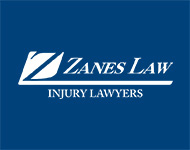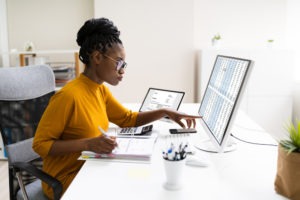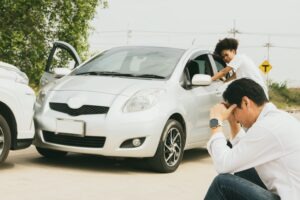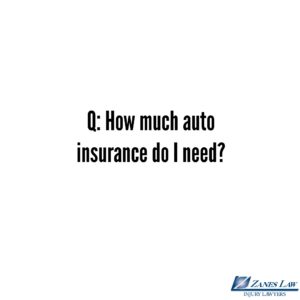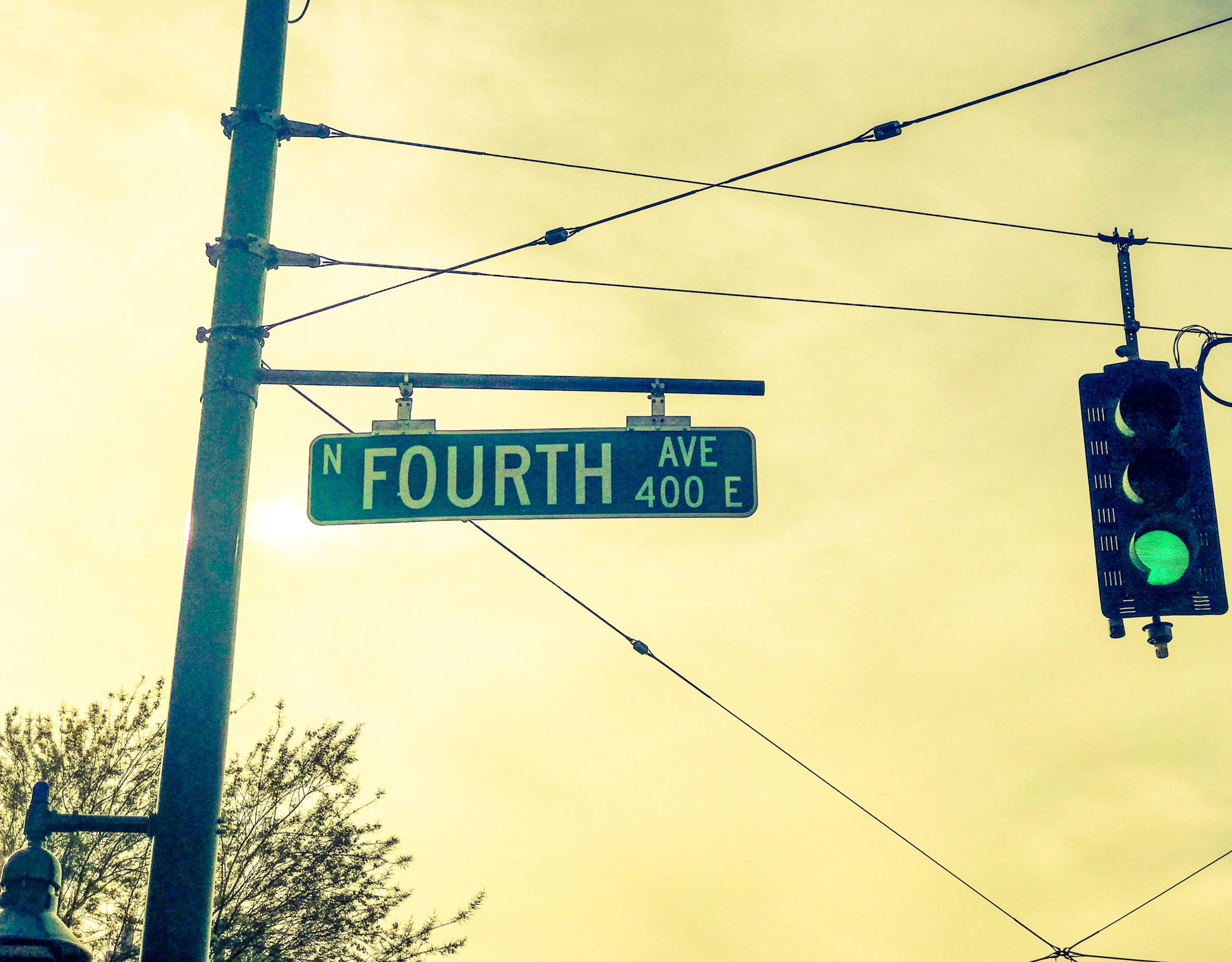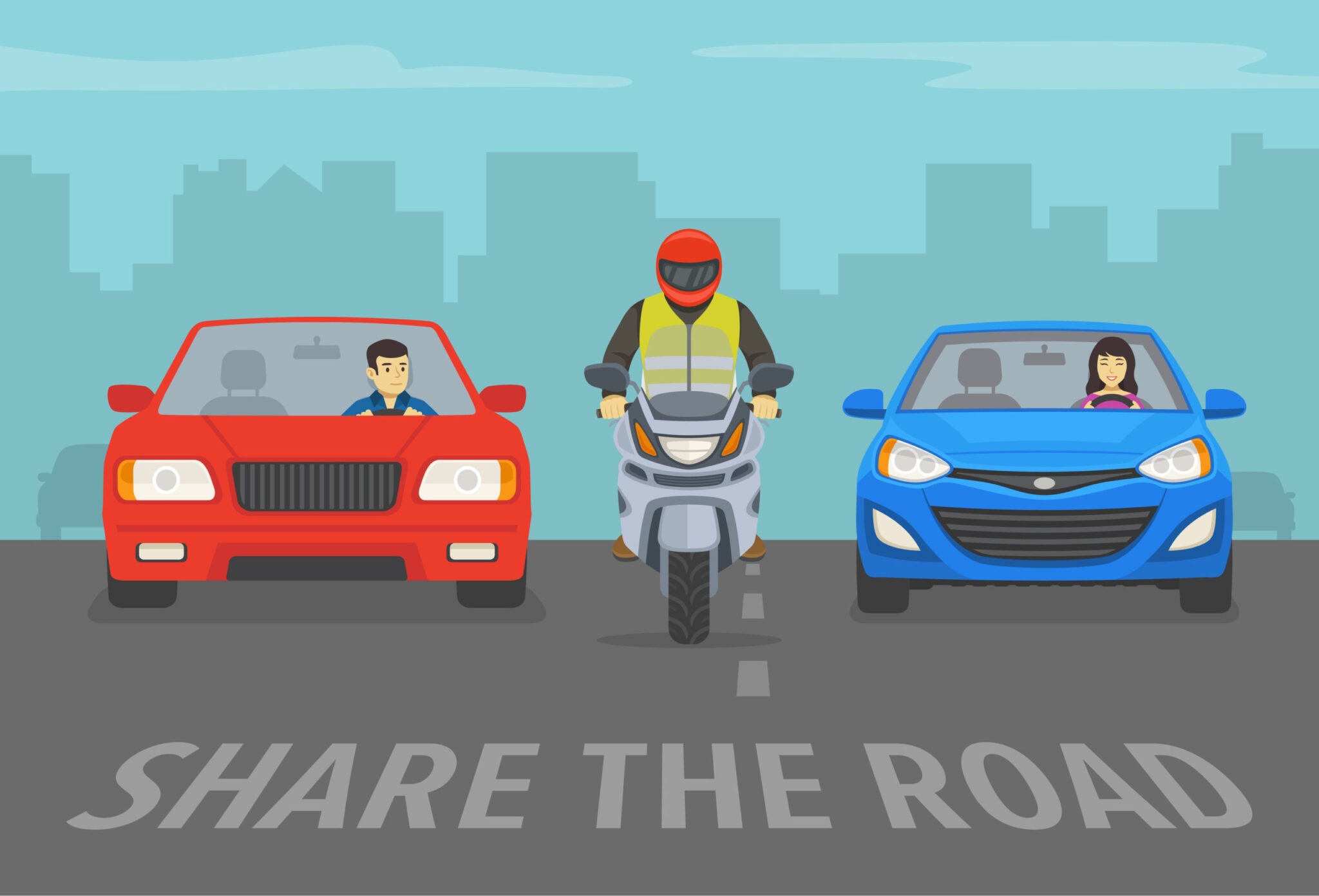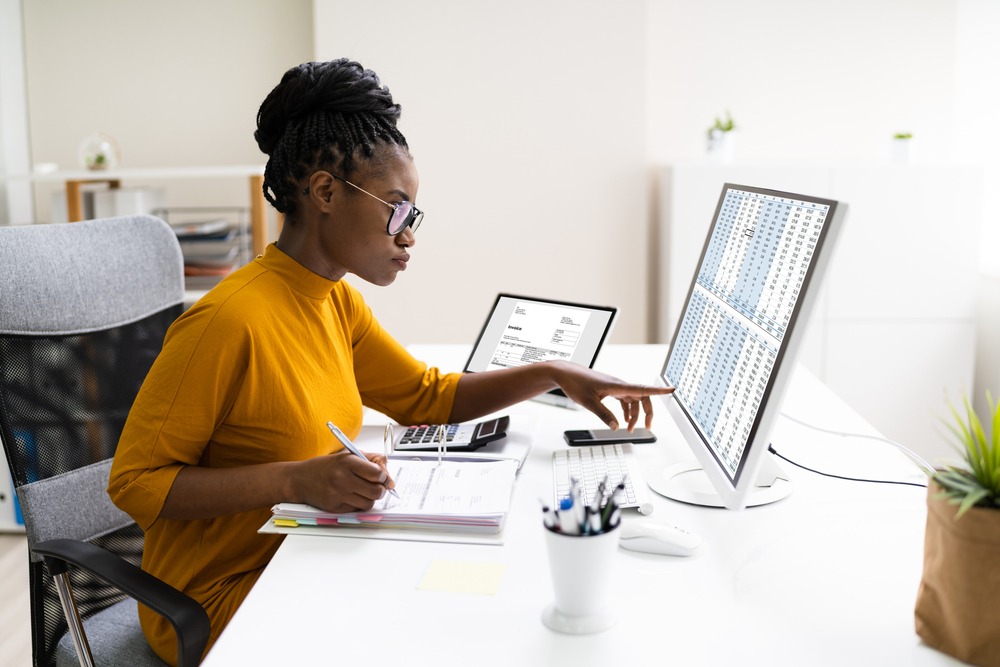Why Your Police Report May Not Prove Fault
April 13, 2015
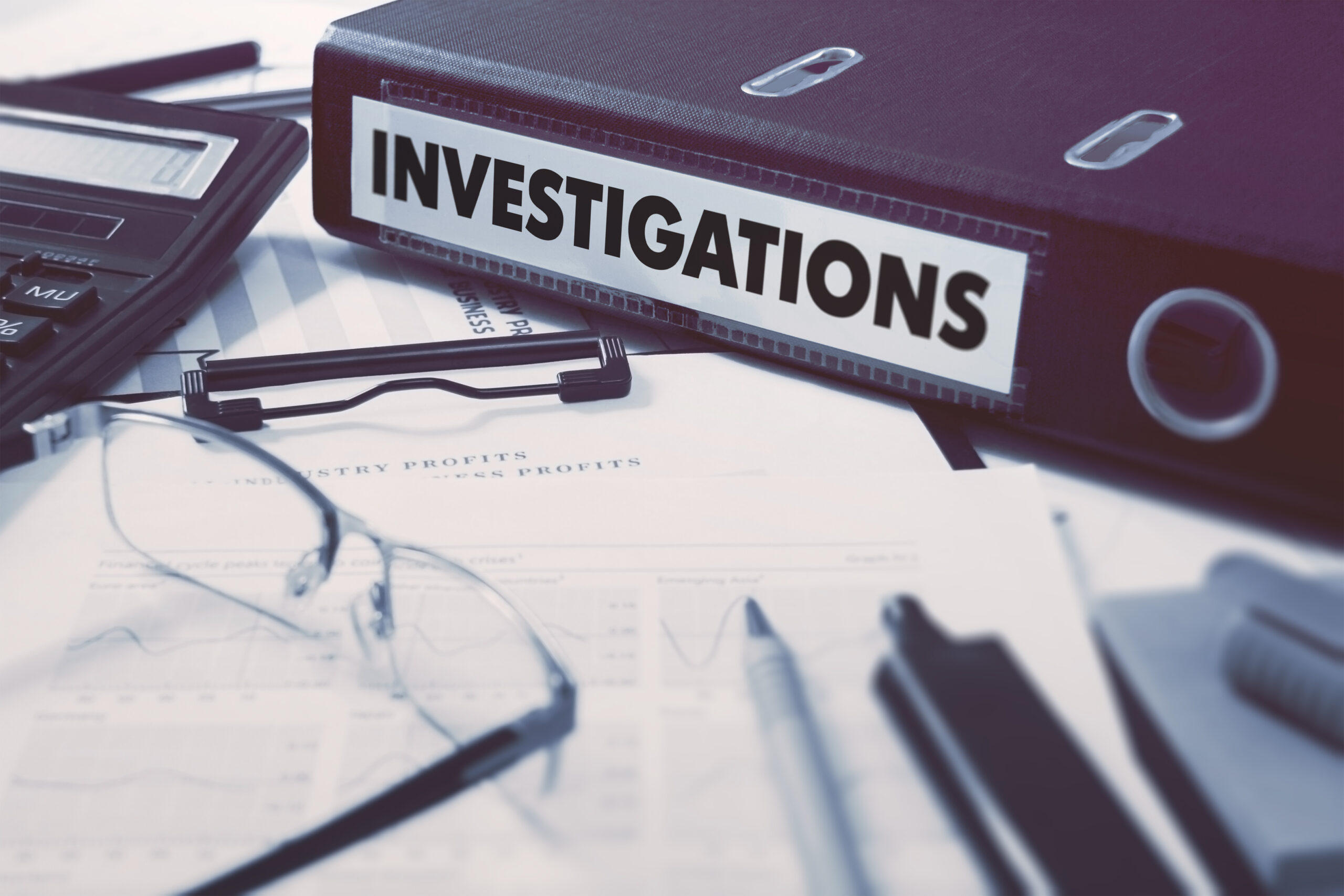
Let’s start with giving you advice right off the bat –
If you are in an accident and the police are called – ALWAYS have the police officer write up a crash report. The officer will likely ask the parties involved if they wish to have a police report done (a crash report), say YES!
This is imperative to helping your personal injury lawyer (should you decide to get one).
Here’s the catch… The report does not state whether one driver is at fault over the other. That is not the ‘purpose’ of the report. The report is to record the events of the crash, gather witnesses and other locational information.
Side Note: Be sure to write down all of your witnesses’ contact information. This will also help your attorney tremendously in piecing your accident together. More eyes validating your story, the better!
We bring this topic to your attention because a local Tucsonan was recently in an accident and was rather frustrated that he had no police action to prove a car accident was not his fault.
On March 29, Joshua Hunter was driving through the intersection of 22nd Street and Swan Road when a woman ran a red light and caused major damage to his truck.
Hunter described the woman as very shaky, upset and profusely apologetic for the accident. However, the driver Hunter claims to have hit the red light, is now turning the table, blaming Hunter for hitting the red light.
Although a Tucson police officer helped Hunter receive surveillance video from a convenience store on the corner, the video did not show the color of the light. It did reveal, however, several vehicles stopped at the intersection. All started moving at the same time, possibly because the light turned green. Another vehicle passed through the intersection and hit Hunter’s truck.
For a free legal consultation, call (866) 499-8989
Here’s where the tricky part comes in – A police officer responded and gave Hunter an Auto Collision Information Exchange Card. Hunter also obtained a call for service report. However, neither document indicates which driver is at fault nor did the police officer cite any of the drivers involved.
“It gives people that want to lie to their insurance companies about accidents the ability to lie,” Hunter said.
This is why we stress the importance of witness reports, pictures (take lots of them including those of your injuries) and asking for a copy of the collision report.
We know how scary an accident can be – you are beyond rattled, your car is a mess and you may even be in a lot of pain. Not to mention you just caused traffic for a ton of (now) angry tucsonans trying to get home…
Take a deep breath and focus on a few main things (assuming all limbs are intact!):
- Immediately get out of your car and into a safe zone
- Exchange insurance information with the party involved. If you have smart phone, take a picture of the insurance card, driver’s license and license plate of the opposing vehicle.
- Take pictures of the damage to your car and the car of the other party involved. Try to do this BEFORE the vehicles are moved.
- Take pictures of any visible injuries on yourself
- Collect witness information- name, number, email. You’ll find that some witnesses will come right up to you and offer a hand.
Remember, do not apologize or admit something that you may regret later down the line. This is not to eliminate compassion. In a stressful situation like an accident, showing concern for parties involved is the right thing to do but be sure to limit conversation to collecting information.
Establishing fault at the scene of an accident can be hazy at best and serious stress at worst. If you find yourself in an accident, follow the steps above and immediately contact your local, trusted personal injury lawyer for help.
Call or text (866) 499-8989 or complete a
Free Case Evaluation form

